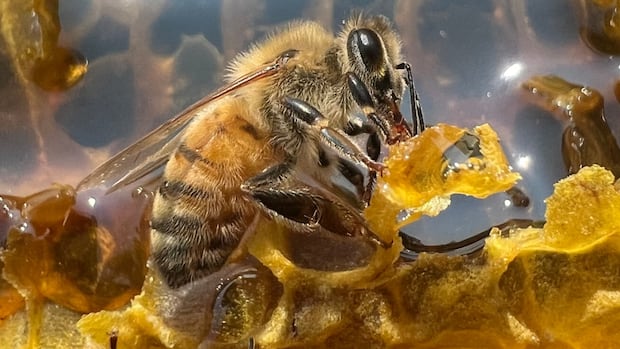Millions of seahorses worth $29M smuggled illegally, study finds

The illegal trade of seahorses is a global issue that has been brought to light by Canadian researchers who discovered nearly five million smuggled seahorses seized over a 10-year period. This alarming number is just the “tip of the iceberg” in an illegal trade that is likely much larger in scale, according to a study published in Conservation Biology.
Researchers at the University of British Columbia analyzed public seizure reports and news stories from 2010 to 2021, uncovering nearly 300 seizures of seahorses involving 62 different countries. The total value of the seized seahorses was estimated to be $29 million ($21 million US).
Dried seahorses are highly sought after for use in traditional medicine, with China and Hong Kong being the most common destinations for these illegal products. However, seahorses can also be found for sale online and in traditional medicine shops in Canada.
Lead author Sarah Foster, a researcher at UBC’s Institute for the Oceans and Fisheries and program lead at Project Seahorse, emphasized that the study’s conservative estimates based on public records only scratch the surface of the real scale of the illegal seahorse trade.
While there were no publicly reported seizures in Canada, Environment and Climate Change Canada revealed that 19 enforcement files related to seahorses have been opened since 2020. These files primarily involve dried seahorses or seahorse-based products like traditional medicines or supplements.
The study also highlighted the tangled network of smuggling methods involved in the illegal seahorse trade. Most seizures were linked to passenger luggage in airports, but the largest volumes were moved by ship. In sea cargos, seahorses were often traded alongside other wildlife such as penguins, elephant ivory, pangolin scales, sea cucumbers, and shark fins.
To combat this global trade, governments must collaborate to share information and strategies for catching smugglers, while also protecting the species and biodiversity at risk.
Seahorses can be legally traded under regulations outlined by the Convention on International Trade in Endangered Species of Wild Fauna and Flora (CITES). However, illegal trade poses a threat to seahorse populations, with two species considered critically endangered and 13 vulnerable to extinction according to the International Union for Conservation of Nature.
Illegal harvesting not only impacts seahorse populations but also the underwater environment as a whole. Bottom trawling, a destructive fishing practice often used to catch seahorses, destroys habitats and disrupts the food chain, affecting both seahorses and other marine species.
By shedding light on the challenges faced by seahorses, the study’s authors hope to raise awareness of the broader threats to marine life. Saving seahorses is not just about protecting a single species but safeguarding the health of the oceans as a whole.




